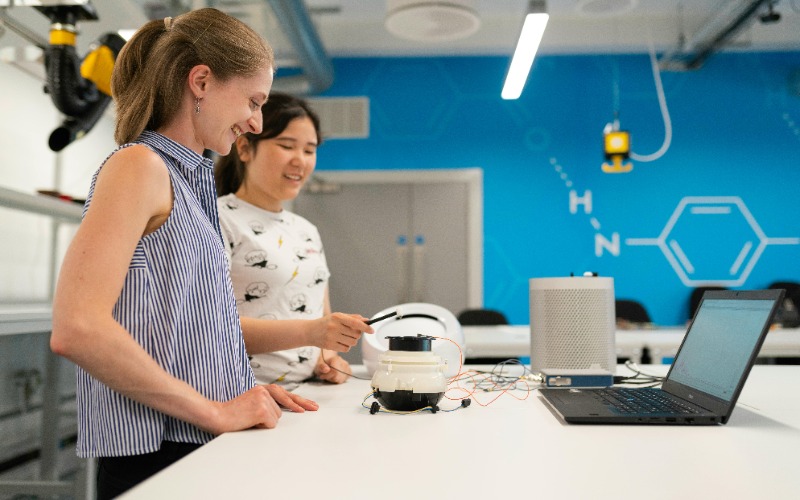Despite the progress women have made in various industries, they remain underrepresented in science, technology, engineering, and mathematics (STEM). This imbalance raises the question: are women trained to fear STEM? Cultural and educational factors certainly contribute to the disparity, with societal norms and biases shaping girls’ perceptions from a young age. But what can be done to shift the narrative and encourage more women to pursue careers in these fields?
Cultural Expectations and Early Education: Shaping Perceptions of STEM
From a young age, girls receive subtle yet powerful messages about what careers are “appropriate” for them. Cultural expectations, reinforced by marketing and school environments, shape girls’ perceptions of science, technology, engineering, and mathematics. Girls are often directed toward nurturing roles, while boys are encouraged to explore analytical and technical fields. Toys marketed to boys include robots, building kits, and science sets, while girls are steered toward dolls and arts and crafts. This creates a clear division of interests.
In school, these cultural biases continue. Teachers may unconsciously give more encouragement to boys in math and science. Girls who excel in these subjects often receive praise for working hard, while boys are viewed as naturally gifted. This disparity undermines girls’ confidence, leaving them feeling that STEM fields are not for them. Over time, this lack of encouragement builds, contributing to fewer women pursuing these fields as they progress in their education.
The Impact of Bias and Stereotypes on Confidence
As girls grow older, biases and stereotypes persist, following them into higher education and the workplace. Society often reinforces the stereotype that men are more suited for technical careers, leaving women feeling like outsiders in STEM fields. This feeling of isolation can lead to imposter syndrome, where women doubt their abilities and question their achievements, even when they are just as capable, if not more so, than their male peers.
These biases are not always overt. In many cases, they are unconscious but still damaging. Women in STEM often find themselves as the only female in the room, which can amplify these feelings of not belonging. When combined with societal expectations that women are more suited for nurturing or creative roles, it’s easy to see why so many women hesitate to pursue STEM careers or drop out once they start.
Encouraging Women in STEM Through Mentorship
Despite these challenges, initiatives aimed at encouraging women to enter STEM fields are making a difference. Programs like Girls Who Code and Black Girls Code introduce girls to science and technology in an inclusive, hands-on environment. These programs not only teach valuable technical skills but also show young women that they belong in these fields. Early exposure to STEM subjects, combined with strong role models, can significantly impact a girl’s decision to pursue a career in science, technology, engineering, or mathematics.
Mentorship also plays a crucial role in building confidence. When young women have access to female role models who have successfully navigated the challenges of a STEM career, they are more likely to envision themselves in similar roles. Mentors can provide valuable guidance and support, helping women overcome obstacles and build resilience.
Changing the Narrative: Creating an Inclusive Environment
To truly change the narrative, both education systems and workplaces need to become more inclusive. Schools must provide equal opportunities for boys and girls to explore STEM subjects without judgment or bias. This requires educators to challenge their assumptions about who belongs in STEM and to actively encourage girls to pursue these fields.
Workplaces also need to create supportive environments where women feel valued and included. Hiring more women is not enough. Companies must also ensure that their workplace culture fosters inclusion and that women have clear paths for career advancement. Proactively addressing unconscious biases and creating networks for women in STEM can help break down the barriers that have traditionally kept women out of these fields.
While progress has been made, there is still much work to be done. By addressing the cultural, educational, and institutional biases that discourage women from entering STEM, we can begin to close the gender gap and create a more inclusive, diverse environment for all.
Women aren’t inherently afraid of STEM — they’ve been conditioned to feel that way. The challenge is changing the conditions so that everyone, regardless of gender, has the opportunity to pursue their interests in STEM.











